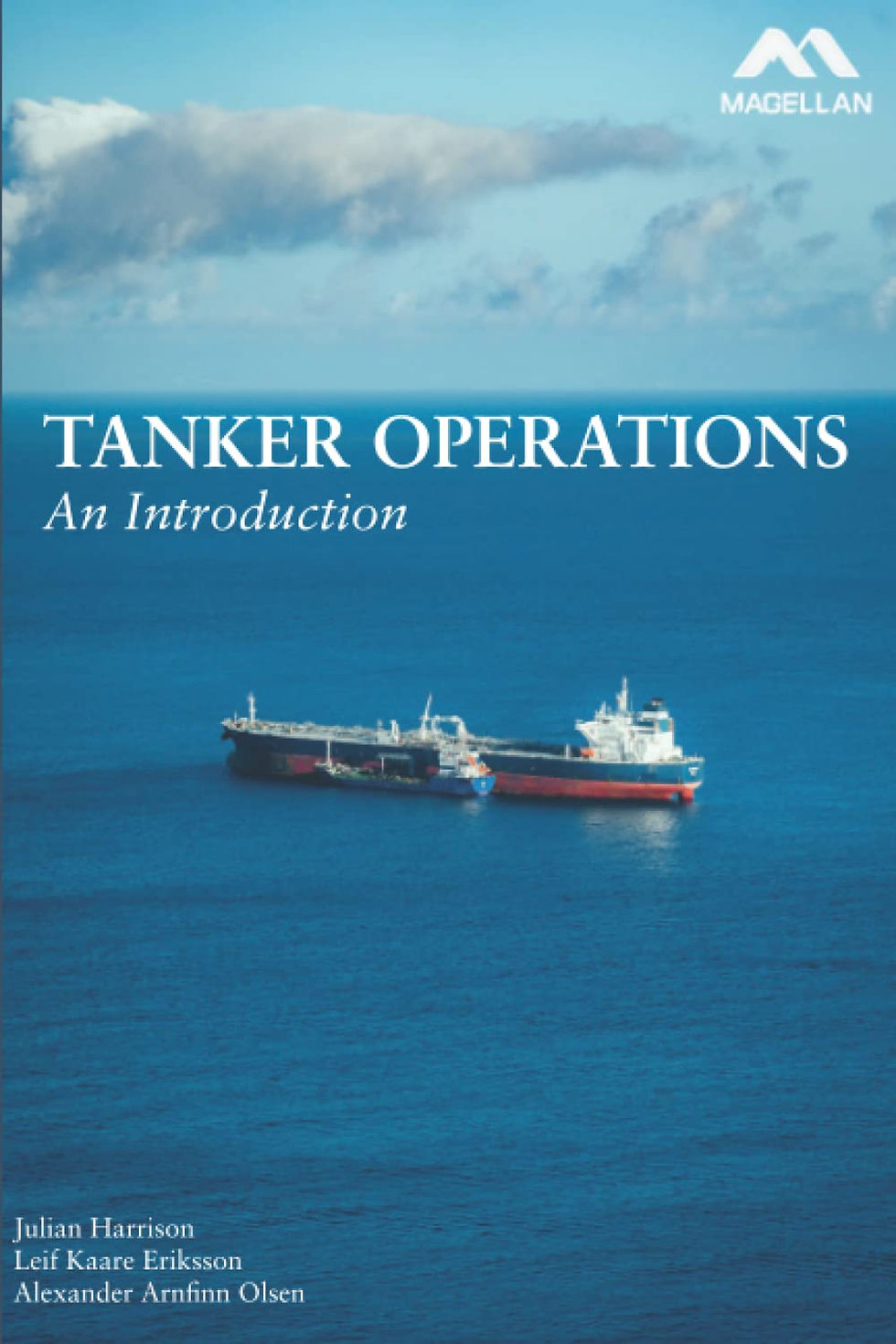Tankers are specialised vessels that include crude oil, product, chemical, LNG, and other tanker types. Tankers spend considerable time in ballast given the typical one-way nature of the underlying trade. Tankers are self-discharging and most are equipped with a series of pumps that allow for fast turnaround in port. World trade relies on tankers. There are different categories of oil tankers: a crude tanker is used for transporting bulk volume of unrefined crude oil from the oil extraction facilities to the refineries. The movement and storage of crude oil in large volume requires the largest sized tankers. Those in the tanker industry are familiar with the common methods for describing these vessels. At the top end of the scale are Very Large Crude Carriers (VLCC), which range anywhere between 150,000 – 320,000 deadweight (dwt) tonnes are the largest ships in operation today. Large crude oil tankers can carry in excess of 2,000,000 barrels of oil and even a vessel of 120,000 dwt tonnes may be considered a modest size tanker. The most common tanker vessels are within the Suezmax and Aframax size category, with a cargo capacity range of between 75,000 and 150,000 dwt tonnes. Their smaller size allows for greater flexibility in the ports they are able to call at. Product tankers, the larger ones being around 60,000 and 90,000 dwt tonnes, carry refined oil products. Smaller, so called “handy” sized tankers, can usually load between 20,000 and 50,000 tonnes. Specialised parcel tankers with stainless steel tanks and segregated pumping systems allow for the carriage of a variety of sensitive liquid cargoes while reducing the risk of cross contamination. There are other tanker types as well. For instance, a replenishment tanker is used for refuelling ships at sea and old non-operational oil tankers may be used as floating oil storage units (FPSOs). The largest tankers are unable to berth in port and must load and discharge at offshore platforms. Vessels can load at very fast rates and can easily turnaround in port in less than a day. Tankers are also fitted with special systems that are not typically found on dry cargo ships, such as the inert gas system (IGS) and crude oil washing facilities (COW). Obviously, there are pronounced environmental regulations that the ship’s crew and shore side staff must be concerned with.
The tanker market has historically been dominated by the oil majors (Exxon, Shell, BP, etc.) as well as large state-owned oil companies such as Saudi Aramco, Pemex, and others. Like Amoco, many of these majors owned large fleets of vessels (their proprietary fleet) which was supplemented by chartering tankers owned by independent tanker owners. In recent years the trend is for the oil companies to reduce their proprietary fleets and rely more on vessels owned by independent vessel owners. So, tankers and the tanker trade are a unique and very specialised sector within the global merchant fleet. However, a tanker is after all a ship and tanker owners are routinely tasked with the same concerns that their dry cargo counterparts must address, such as crewing, maintenance, drydocking, insuring, chartering, etc. Nevertheless, the special nature of tankers present unique concerns.
This book will address some of the main concerns and operations that tankers and carriers are involved in.
Tanker Operations: An Introduction
Author: Julian Harrison; Leif Kaare Eriksson; Alexander Arnfinn Olsen
Publisher: Nordik Academia and Press
Imprint: Magellan Maritime Press
ISBN: 9781739774356
Publication Date: 25 July 2022
Format: Soft Cover
Edition: 1
Pages: 165
Language: English
Illustrations:

